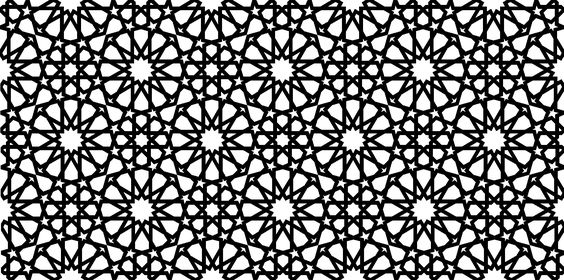Week 4: 3D Scanning and Printing
It hurt when Palmyra was destroyed. But I was glad to hear about restoration initiatives through 3D scanning and modeling, such as the Palmyra project: http://www.newpalmyra.org/. This week's 3D scanning and printing module provoked ideas on the potential of digitization for reconstructing heritage sites and to also preserve craft forms.
3D Printing
In my travels throughout India, Islamic friezes have always captured my attention especially the way that light shines through them. I sought to create light shades out of Islamic friezes

First I printed the ball with no supports. Because the ball kept shifting and couldn't stay grounded to the printer bed during printing, it caused the figure to have a flimsy spaghetti look. The bottom parts also fell apart since the printer was printing on air.
Next, I tried adding supports to smaller scale balls. I pulled the supports all the way through the figure at a smaller scale.
It didn't work very well...as I found puddles of supports and no balls. My hypothesis is that at certain widths or thresholds, the plastic does not stick on.

ummm...
Next, I tried to create a ball within a ball. This time using supports
At last, the ball inside turned into spaghetti and was not formed.

The supports ended up not coming off easily, ripping the bottom of the balls off. So conveniently I stuck lights and turned them onto lanterns.

3D Scanning
Overall I was not impressed with the existing technology for 3D scanning. Initially I was eager to see how 3D scanning could aid digitization of crafts in geographically isolated areas for culture preservation purposes. Though not entirely sure how 3D scanning can lead to monetizable assets for the artists. But in order for this happen, 3D scanning technology would need to evolve to a level of being able to capture materiality and detail beyond its current state.
A few rules in general for the SENSE scanner: 1. Create a depth of field between the scanned subject and the camera by creating a backdrop 2. Get a friend to help 3. Get even lighting 4. The subject needs to stay still 5. Don't go too fast or too slow I first tried to 3D scan myself using the Sense Scanner, which definitely was not selfie-friendly. I tried sitting in a stool and rotating, but the camera would always lose track once I went 180 degrees and it would hit my hair
The results were freaky.
Having a friend scan me was much better, especially when we created a depth of field. The other important thing was that prior to starting, there should be a bounded green box that captures the scanned area
Once I got a somewhat decent scan of myself, I solidified it in sense scan. I saved it as a .OBJ file which was then exported into rhino. Strangely, in rhino it wouldn't recognize the skin (I was just a dark blob), so I just opened it up in BINDOH. I scaled myself down to a 1 inch by 1.5 inch, and went to a media lab party
Strange enough the next morning, I found myself like this. Perhaps the scanner took my genetic code and spat me out in spaghetti form...